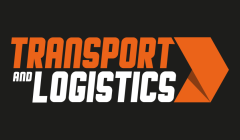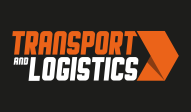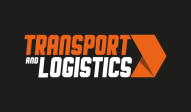The UK’s decision to leave the EU has triggered a sense of uncertainty across the business spectrum, not least in the procurement and supply chain sectors. With the possibility of a Brexit now realised, the impetus on procurement leaders to drive internal efficiencies and streamline the cost base is now higher than ever.
Despite the challenges facing the UK encompassing most business sectors, there are some issues which could have a far greater impact on the transport and logistics space. The threat of increasing fuel prices caused by a weakening of the Pound against the Dollar, the possibility of the introduction of higher import tariffs and a current driver shortage are all likely to push up costs across the supply chain.
Seeing through the haze of negativity is certainly difficult, but the current situation presents supply chain and procurement professionals with a good opportunity to increase efficiencies, strengthen supplier relationships and re-engage with the green agenda. For example, improving delivery efficiencies across the board can result in fewer vehicles on the road, reducing costs and bolstering a business’ environmental credentials.
A procurement strategy consisting of a large number of suppliers is potentially at risk of becoming unmanageable and a threat to the smooth operation of the business. Adopting an alternative approach, such as using one provider for multiple products, can reduce the number of deliveries needed, minimising supply chain risk. Other criteria such as size of delivery network and number of regional depots are also factors to consider when deciding whether a single-supplier approach is right for the business. As a general rule, the higher the number of suppliers, the less visibility across the network.
A narrower supplier base also often allows increased bargaining power to reduce costs and helps facilitate the way in which performance can be tracked and relationships managed. As a supplier, being seen as a trusted partner and first choice is extremely beneficial for the development of long-term relationships, and extending the opportunity to other potential partners will likely prove mutually beneficial.
Whilst it is tempting for many businesses to adopt a ‘here and now’ approach to their procurement operations, accurate demand forecasts form a large part of cost reduction activities. Balancing the need to have adequate stock levels to fulfil orders whilst resisting the urge to build up a large buffer inventory is certainly a challenge, but brings with it the reward of a lean, more efficient supply chain.
The rise of same-day delivery poses an interesting situation for the sector as a whole. While consumers are pushing for as little lead time as possible between placing orders and receiving goods, this model is not necessarily the right choice for many business supply chains. With accurate forecasting in place, the need for constant same-day deliveries is reduced, with only essential goods and perishables requiring such short notice delivery options.
ERP (Enterprise Resource Planning) software is an invaluable aid in supply chain management. However, often it cannot take into account human influences which affect consumer and retailer demand such as buying behaviours, seasonal promotions and stock clearance. Taking these into account when calculating supply chain forecasts is an essential task, the importance of which cannot be underestimated.
Amidst all of the uncertainty surrounding Brexit, supply chain and procurement leaders should look for windows of opportunity. Pushing down costs and increasing efficiency is a necessary part of this sector’s development. Instead of being seen as a negative, it can offer new routes for improvement and development, creating global supply chains which are more resilient and efficient than ever before.
Nigel Crunden is a business specialist at Office Depot




